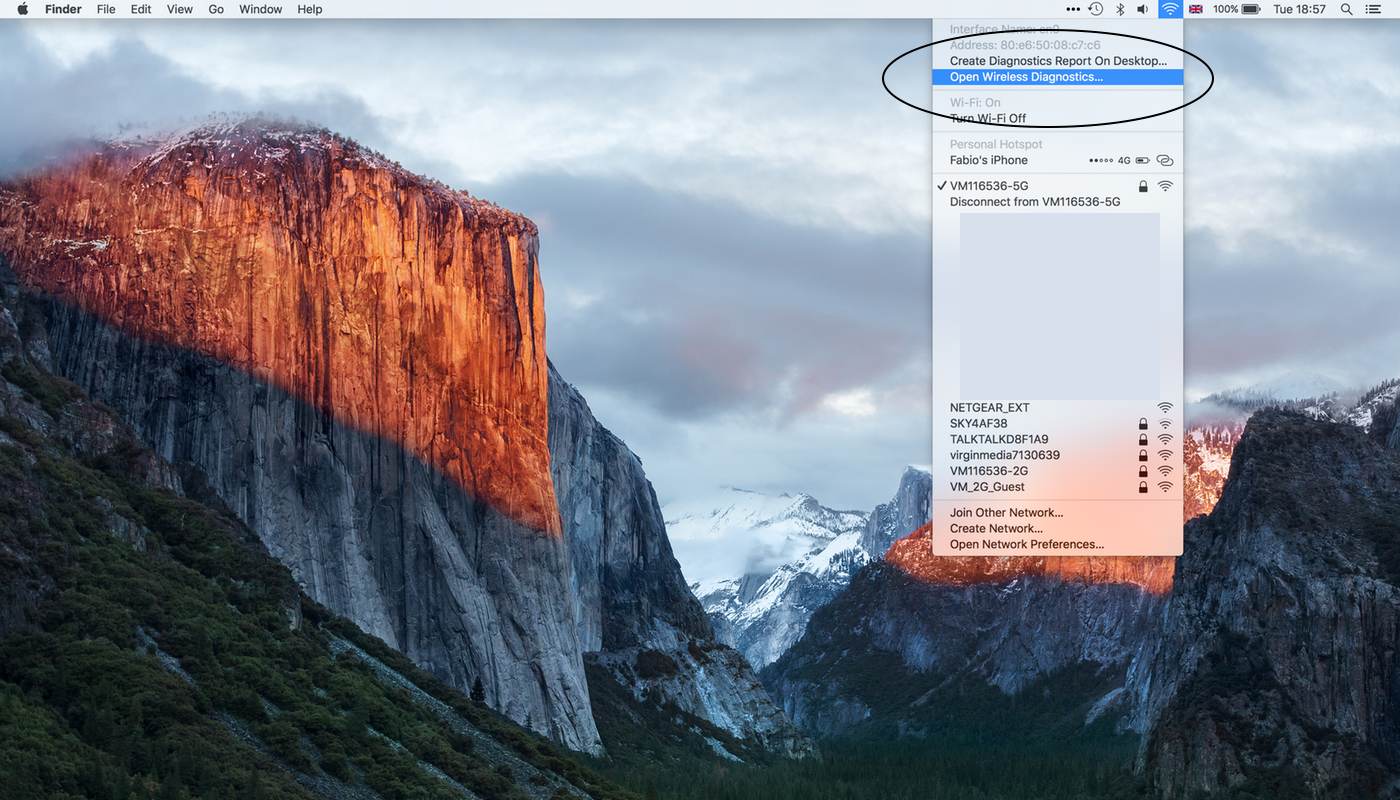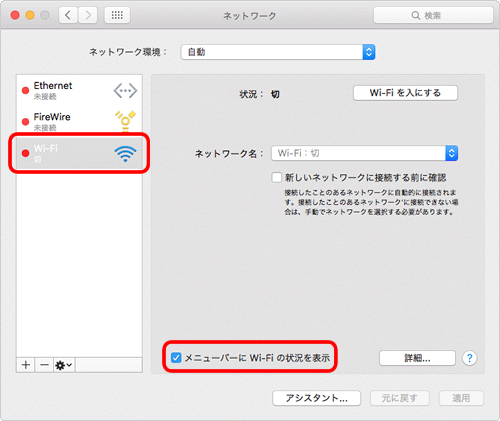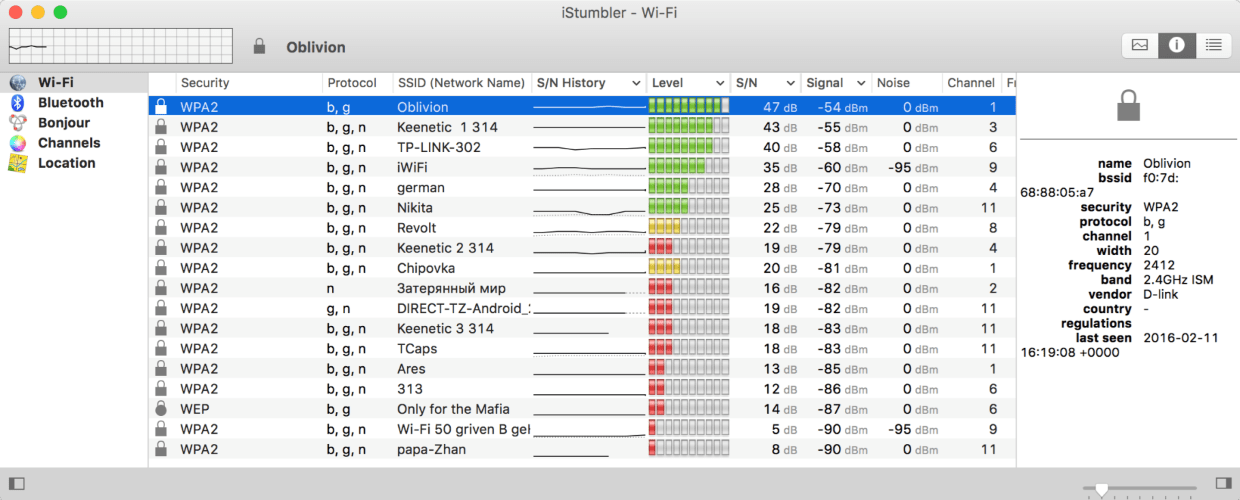

If you want to debug network requests, including requests SSL, your best bet is to use a proxy on your computer (or router). With every passing day sniffic is becoming more and more of a niche, but it still has its uses, especially during development. This will save the log to your desktop instead of the temporary directory. If you’re not familiar with the terminal you can do it by using a visual tool as well: Remember to always close your sniff session, if you forget about it your mac might get stuck into it. Select the channel and channel width that you want to capture, and click Start. Type in Wireless Diagnostics, and press enter when it appears at the top of the list in Spotlight 3. Press Command + Space to open Spotlight 2. A log file will be automatically saved to the temporary directory (/tmp) with. Follow these instructions to perform a wireless packet capture in macOS. You can start sniffing the traffic by typing sudo airport sniff CNL where CNL is the WiFi channel number you’d like to sniff on. Open the Terminal and run sudo ln -s /System/Library/PrivateFrameworks/amework/\ Versions/Current/Resources/airport /usr/sbin/airport to open “Airport” that allows you to scan the WiFi network. You will need to use the Terminal to enable it.
#WIFI SNIFFER MAC OS X HOW TO#
Let’s see how to turn on monitor mode and sniff non SSL traffic without using any third party tools on our mac. With how ubiquitous SSL connections are this technique is becoming less and less relevant as time goes on (which is good since it’s basically a Man In The Middle looking at every single connection), but it is still a good exercise to at least see how it works. You might need to sniff traffic to check out requests from other devices on your network or test applications.


Monitor mode lets you check on the WiFi traffic in your network.


 0 kommentar(er)
0 kommentar(er)
